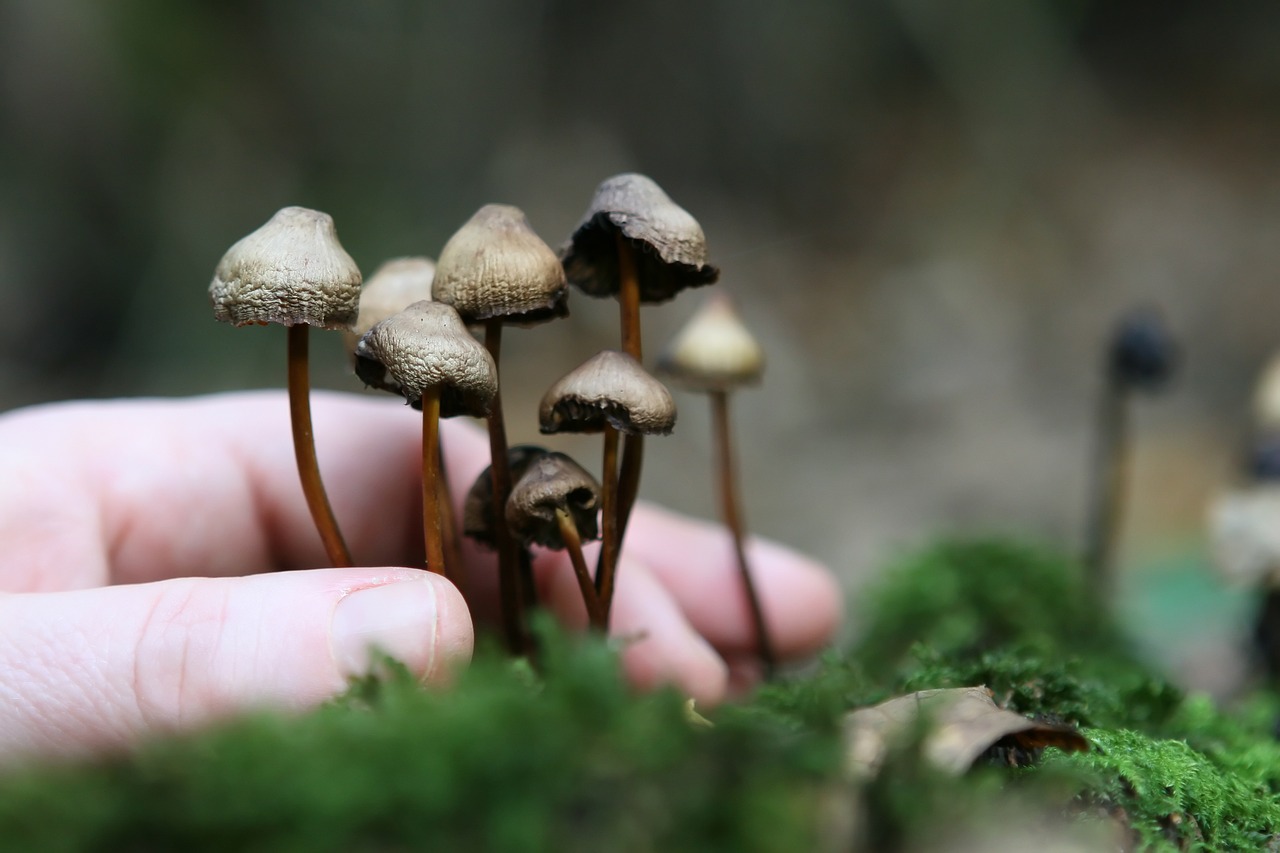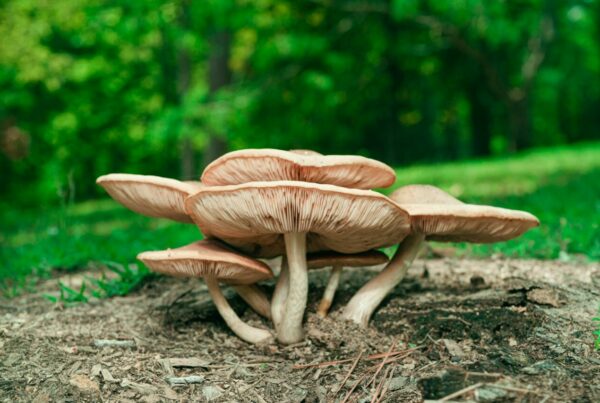Demystifying Mycelium
Mycelium, the root network of fungi, acts as the digestive system for mushrooms. It hunts for nutrients, converts them into a usable form for the fungus, and thereby sustains the fungus. The byproduct of this process enriches the surrounding soil, supplying key nutrients for other plants and producing a nutrient-rich biomass that makes exceptional mulch for gardening.
Besides facilitating mushroom growth, mycelium networks are indispensable for the health and growth of numerous terrestrial plants, including trees. For example, tree roots form a symbiotic relationship with fungi: the tree supplies the fungus with carbon in the form of sugars, and reciprocally, the fungus provides the tree with vital minerals such as nitrogen and phosphorus. Learn more about this relationship here.
Fascinatingly, mycelium networks function as an underground communication system among plants, akin to the neural networks in our brains. Recent scientific studies suggest that plants and trees may have primitive nervous systems that fungi could potentially affect, influencing functions such as communication, memory, and learning. Moreover, mycelium contributes to soil health by decomposing decaying organic matter and detoxifying any pollutants present.
If you’re keen on growing magic mushrooms, it’s crucial to understand the growth of mycelium. While the cultivation process may be daunting for novices, acquiring knowledge about mycelium is an essential starting point. Although you can always buy mushrooms from Magic Mushrooms Calgary Canada online, learning about mycelium can enrich your cultivation journey.
Mycelium Growth Process
When fungal spores encounter a suitable growth environment, they trigger the formation of two types of mycelium. The primary or monokaryotic mycelium, the first type, is identified by a single nucleus in each cell and is typically invisible to the naked eye. The secondary or dikaryotic mycelium, the second type, is visible and houses two nuclei in each cell.
When fungal spores germinate, they first form a primary mycelium, also known as monokaryotic mycelium. If this monokaryotic mycelium encounters another compatible one, they can merge to create a secondary mycelium, known as the dikaryotic mycelium. This dikaryotic mycelium is capable of producing mushrooms or sclerotia.
Mycelium Categories
There are three types of mycelia, of which two indicate successful cultivation.
- Rhizomorphic mycelia resemble extending strings. These, like all mycelia, are made up of units called hyphae. The network of grouped hyphae is known as rhizomorphs. Rhizomorphic mycelia first branch out, then send back chemical signals to the colony indicating that the area ahead is suitable for nutrient supply. The remaining mycelia then follow. The hyphae at the edge of the rhizomorphic mycelia release peroxidase, a substance that breaks down the material ahead for food. The hyphae then cover the material, spreading the nutrients throughout the colony. Many cultivators favor this type of mycelia because it has a higher chance of producing mushrooms as the Rhizomorphic mycelia sprouts from the substrate.
- Tomentose, or “Fluffy” mycelia, are quite similar to Rhizomorphic mycelia. However, the arrangement of the fluffy mycelia strands is unique. Even though the strands might not be immediately visible, they are indeed there. Their cotton-ball-like appearance indicates that the strands are grouped together. The growing environment largely determines whether your mycelia develop tomentose or rhizomorphic traits. There is an ongoing debate among cultivators about whether the type of mycelia impacts the growth rate or the yield.
- Aerial mycelia arises when the growing conditions are less than ideal. In such cases, the mycelia tend to grow outward instead of spreading across the medium or forming a ball. Often mistaken for a bacterial infection, this type of mycelia can impede your mushroom cultivation, leading to smaller, weaker mushrooms. Aerial mycelia usually occur due to inadequate fresh air exchange and excessive humidity.
Mould or Mycelium: How to Differentiate?
It’s important to distinguish between mould and mycelium. If you notice green, blue, grey, or black patches on or in your fruiting box, your culture is probably contaminated. Discoloration is the main sign. However, blue spots can sometimes just be bruises.
Cobweb moulds are typically quite noticeable. Contrary to the bright
The Mycelium often displays a grey-tinged white color, characterized by its stringy and fluffy texture. While cobweb and green molds pose no threat to human health, they can have detrimental effects on the health of your mushrooms.
Magic Mushrooms Calgary Canada: Your Trusted Source of Mushroom Information
When the topic of psychedelic mushrooms in Canada arises, consider Magic Mushrooms Calgary Canada your primary resource. We continually strive to deliver insightful information, guiding you towards a secure and enjoyable mushroom experience.





